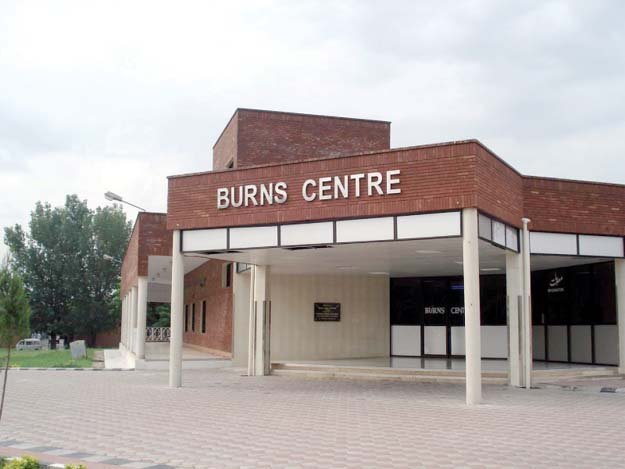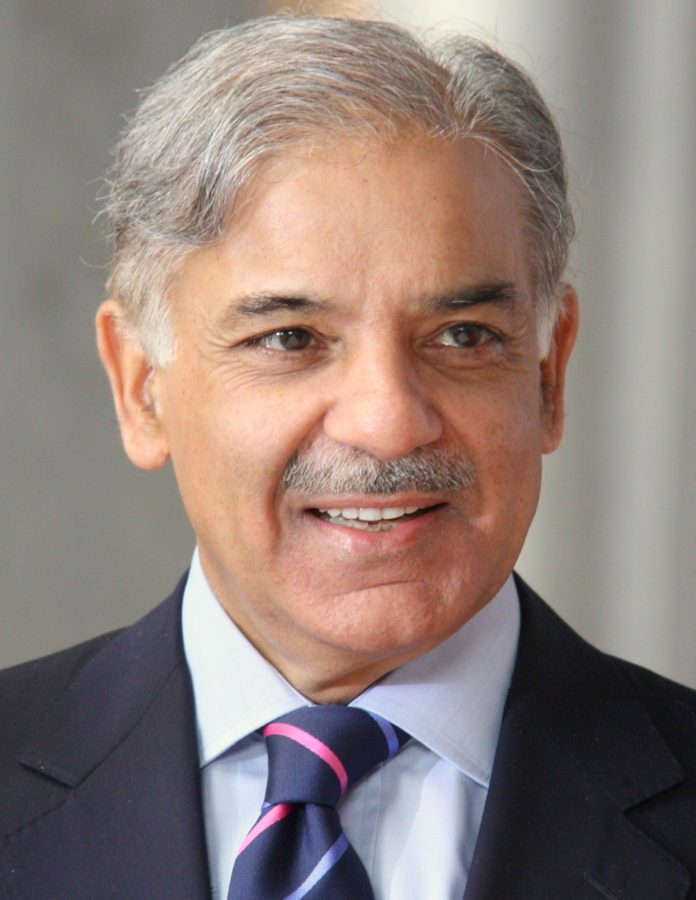The magnitude of burn injury is based upon two principal factors, extent of injury and depth of burn. The extent of burn is usually expressed as the percentage of the total body surface area (BSA). Burns are classified as first, second, or third degree, depending on how deep and severe they penetrate the skin’s surface. For children, degree of burn should be increased for the head and trunk and decreased for the extremities.
Patients with major burns represent one of the most severe models of trauma and therefore necessitate treatment in the best specialized facilities available. Modern Burn centers can meet these intricate needs but can only function most productively and efficiently through well-organized, multifaceted, patient-centered teams in the areas of both clinical care and research. Burn victim’s mortality rate in Pakistan is beyond proportion when compared with other countries. The Bahawalpur incident has has exposed this deficiency with brutality. Mortality rate for major burns i.e. 40-50% body surface area (BSA) is 86%, comparing to less than 20% in developed world. In the United States nearly 2 million people are burned every year, about 100, 000 burns are moderate to severe and require hospitalization and about 5, 000 deaths occur because of burns.
The overall improvement in treatment of patients with severe burn trauma in the world and mortality over the last decades is because of: (1) emergency medical treatment with aggressive early resuscitation, (2) respiratory care and treatment of inhalation injury, (3) control of infection, (4) early burn wound excision and grafting, and (5) modulation of the hypermetabolic response to trauma. Burn victims represent an extremely challenging patient group with multiple medical, psychological and social demands that must be met from the first admission through to late reconstructive surgery and social reintegration. All this is lacking in Pakistan because of the paucity of Burn Centers.
Recently Shahbaz Sharif claimed state-of-the-art Burns Centers in Multan, Lahore, Faisalabad, etc. Sadly he has been badly misinformed, or he is informed, than he is claiming something which is not correct and will result in unnecessary deaths. Burn centers are capable of providing a concentrated collection of skilled staff-members with access to intensive care and surgical facilities specifically designated for burn patients. Patient access to the entire burn care team in a facility equipped to deal with the acute and long-term implications of the burn has served to improve patient survival and reduce length of hospital stay. The structure of a burn care team can be considered in two ways. Team members can be characterized by the area of healthcare that they are involved in delivering. Alternatively, the team can be considered as a collection of individuals, each of whom have a role and respond to guidance from a team-leader.
The challenging problem in countries like Pakistan is lack of (1) infrastructure (Public & Private Hospitals) and (2) trained professionals (Doctors & Paramedical staff) as well as (3) very high cost of treatment. It is equally important to have trained dedicated staff and continuous supply of materials like emergency advance dressing kits, synthetic skin, biological dressings etc. The work load of 20-bedded Burn Center is equal to 200-bedded Surgical Ward and requires a staff of 200 trained personnel, this includes Burn Surgeons, Intensivists, anesthetists, ICU Nurses, Technicians, Dressers and other paramedics the reason it is so expensive. In Pakistan PIMS Burn Center is the only institution recognized by PMDC providing specialized training to doctors (Burn Specialists) and Nurses.
Because the cost of treatment is enormous, no private burn center exists in the country. While existing facilities at various hospitals can be upgraded to Burn Centers & Burn Units with dedicated staff and resources and there must be some mechanism to accredit these facilities, this may be by PMDC through a board of Burn Specialists. It is also important to create public awareness about dangerous practices at home and work places. And there is need to introduce strict safety protocols for all gas and electric appliances as data shows that 99% of burns are accidental.

We have to (1) upgrade the existing infrastructure of burn facilities across the country including the defense facilities. The Burns Center in Kharian which was established in 1986 as the only state-of-the-art facility in the country can only provide limited treatment options. There are plans to upgrade it to the level of PIMS Burn Center, With personnel of armoured forces invariably suffer burn injuries, why do we not have Burn Centers in every Army logistics Area? (2) establish Burn Centers in all major cities along with Teaching hospitals and Burn Units 0f 4-8 beds in all DHQ hospitals with dedicated staff (3) start teaching program (Burn Specialists) at all teaching hospitals and (4) devise enhanced financial and other incentives for the staff working in these centers.
Burns Center should be established/upgraded at Aga Khan Hospital and Govt Children Hospital at Karachi, Jinnah Hospital and Children Complex at Lahore, Holy Family Hospital at Rawalpindi, Lady Reading Hospital at Peshawar, Ayub Teaching Hospital at Abbottabad, Bolan Hospital Quetta, Nishtar Hospital, Multan and Allied Hospital Faisalabad. Burn Units can be established/upgraded at JPMC, Patel Hospital and Indus Hospital Karachi, Mayo Hospital and Shaikh Zayed Hospital Lahore, Benazir Bhutto Hospital and DHQ at Rawalpindi, Khyber Teaching and Hayat Sherpao Hospital at Peshawar, DHQ Abbottabad, Civil Hospital Hyderabad, Shaikh Zayed Hospital, Multan, Aziz Bhatti Shaheed Gujrat, DHQ Skardu, DHQ Gilgit, DHQ Mirpur and Muzaffarabad.
World War 2 and the subsequent conventional wars in Korea, Vietnam, etc. graphically displayed many burn casualties due to proliferation of incendiary explosives. Why have we never prepared for the likely burn casualties in case of war? While opting for nuclear weapons was a no-brainer given India’s numerical advantage over us in conventional warfare, it is highly disappointing that a nuclear armed country which must expect nuclear retaliation in case of a conflict escalating beyond conventional means has not prepared for such an eventuality. Rightly allocated plenty of scarcity available funds for our nuclear potential, we must have visible plans for burns casualties that will be created by the hundreds of thousands. The devastation at Hiroshima and Nagasaki pales in comparison to the number of casualties and the degree of burns force-multiplied many times over that would take place in our densely populated urban areas.
So that a nuclear exchange with India does not result in our extinction as a part of civilization, a Burns Units must be made operational on an emergency basis to give some of our population a chance to survive a nuclear holocaust.




